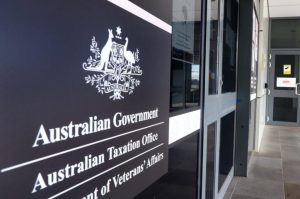Tax time warning from the ATO
The Australian Taxation Office (ATO) is warning Australians to stop claiming private expenses as work related on their tax returns.
In 2024 more than 10 million people claimed a work related deduction with many of those claiming a deduction for working from home, it is one of the most claimed work related expenses each year.
There are 2 ways you can calculate your deduction or additional expenses you incur while working from home – the fixed rate method or the actual cost method.
The fixed-rate method allows people to claim a fixed amount of 70 cents per hour for every hour they work from home in 2024-25. (Note, the rate for the previous financial year was 67 cents per work hour.)
The fixed-rate method is not as onerous as it doesn’t require people to apportion expenses between private and work. But it restricts them from claiming each expense — such as mobile and internet, or electricity and gas, or home office stationery — separately.
Under the actual cost method, you can claim each expense you have for working from home separately. The actual-cost method is more complicated as it requires you to keep more detailed record keeping and receipts.
The ATO is also reminding Australians to declare all sources of income and to include it on your tax return. This includes side hustles, for example, providing riding share services, delivery driver, selling services via an app, house cleaning, etc….
About 400,000 people bought or sold cryptocurrencies last financial year. Many Australians don’t keep any records when it comes to cryptocurrencies. Please remember to keep good records both when you’re purchasing the crypto and then when you sell it as this will either create a capital gain or a capital loss.
The ATO continues to use data matching and analytics to catch tax cheats. It uses income data from banks, state revenue offices, land titles offices, motor vehicle registries, insurance companies, share registries, ASIC, PayPal, eBay, Uber, Airbnb and crypto asset exchanges. This information allows the ATO to pre-fill tax returns and ensure taxpayers correctly declare their income. It also allows the agency to identify cases of fraud.
In relation to 2024 lodgements, more than 584,000 individual tax returns were adjusted in its data matching programs and advanced analytical models before issuing tax assessments. This includes adding omitted income, removing overstated deductions and tax credits, and correcting apparent discrepancies.
Author
Peta Stephen

